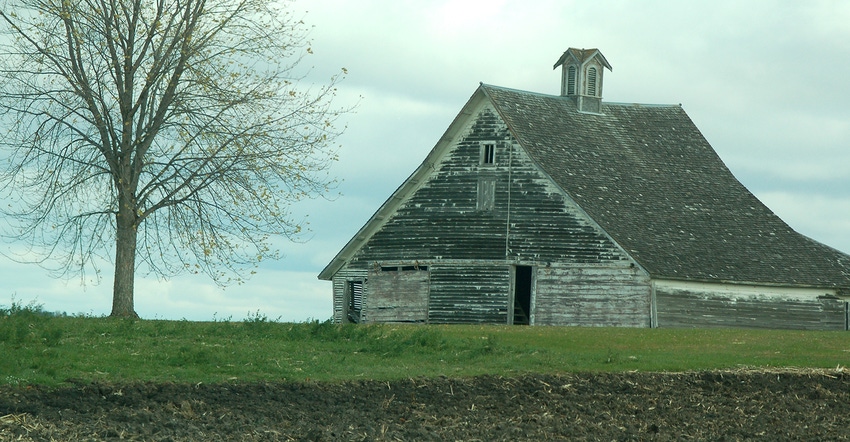
The year was 1986. The farm crisis was in survivor mode. John Mellencamp’s “Rain on the Scarecrow” debuted a year prior.
I was working for a national dairy magazine then and was covering the annual American Dairy Science Association meeting at the University of California, Davis.
A Cornell University dairy scientist was deep into research on a new biotech tool that he predicted would revolutionize the dairy industry. It was a bovine growth hormone that, when injected into cows, could boost milk production from 10% to 20%.
Ag economists at the time theorized that if this product, known as bovine somatropin, were approved by FDA it could boost American dairy farm productivity so much that only 10,000 U.S. dairy farms would be needed to supply consumers with milk and dairy products.
In the mid-1980s, we had around 286,000 dairy farms and more than enough milk to meet market demand.
In 1993, FDA approved BST and it was launched into the marketplace with great fanfare the following year. However, numerous anti-biotechnology and consumer groups attacked the product saying BST-produced milk was harmful to cows and unhealthy for people, despite FDA reassurances that BST was safe. Over time, consumers won this battle. BST is no longer widely used in the dairy industry.
Why do I share this slice of history? Because we are seeing some of it become true.
Last year, we had less than 40,000 dairy farms across the U.S.
Based on projected numbers from USDA, it has been reported that we could have less than 18,000 dairy farms by 2036.
We’re getting down to that 10,000-farm mark.
I suppose we could contribute our dwindling farm numbers to improvements in technology and efficiency. We can do more, produce more with fewer people performing chores.
In hindsight, I ask, is that the direction we really wanted to go?
Should we have considered more fully, decades ago, the value of cultural aspects of rural communities and businesses? Did we put too much emphasis on getting big, thinking that economies of scale are best? Did we fail to appreciate and respect the diversity of dairy farm investment and farm management styles, regardless of herd size?
Today, we still have too much milk, even after three decades of dairy farmers paying millions of dollars in checkoff fees for product promotion and research.
I agree with a retired ag economist I heard at a recent dairy meeting. He said the dairy industry has two serious problems: a low, unstable milk price, and an unfair marketing structure that fails to address cost of production inequities between small and very large farms.
Cost of production varies so much depending on how and where you farm. Some sort of economic allowance or adjustment could be made to recognize those differences.
Some farm organizations are starting to look at options that could stabilize the milk price or even provide some price adjustment connected with cost of production.
I hope those conversations continue. For the safety of our national food supply, something needs to change that supports small- and medium-size farms.
About the Author(s)
You May Also Like






